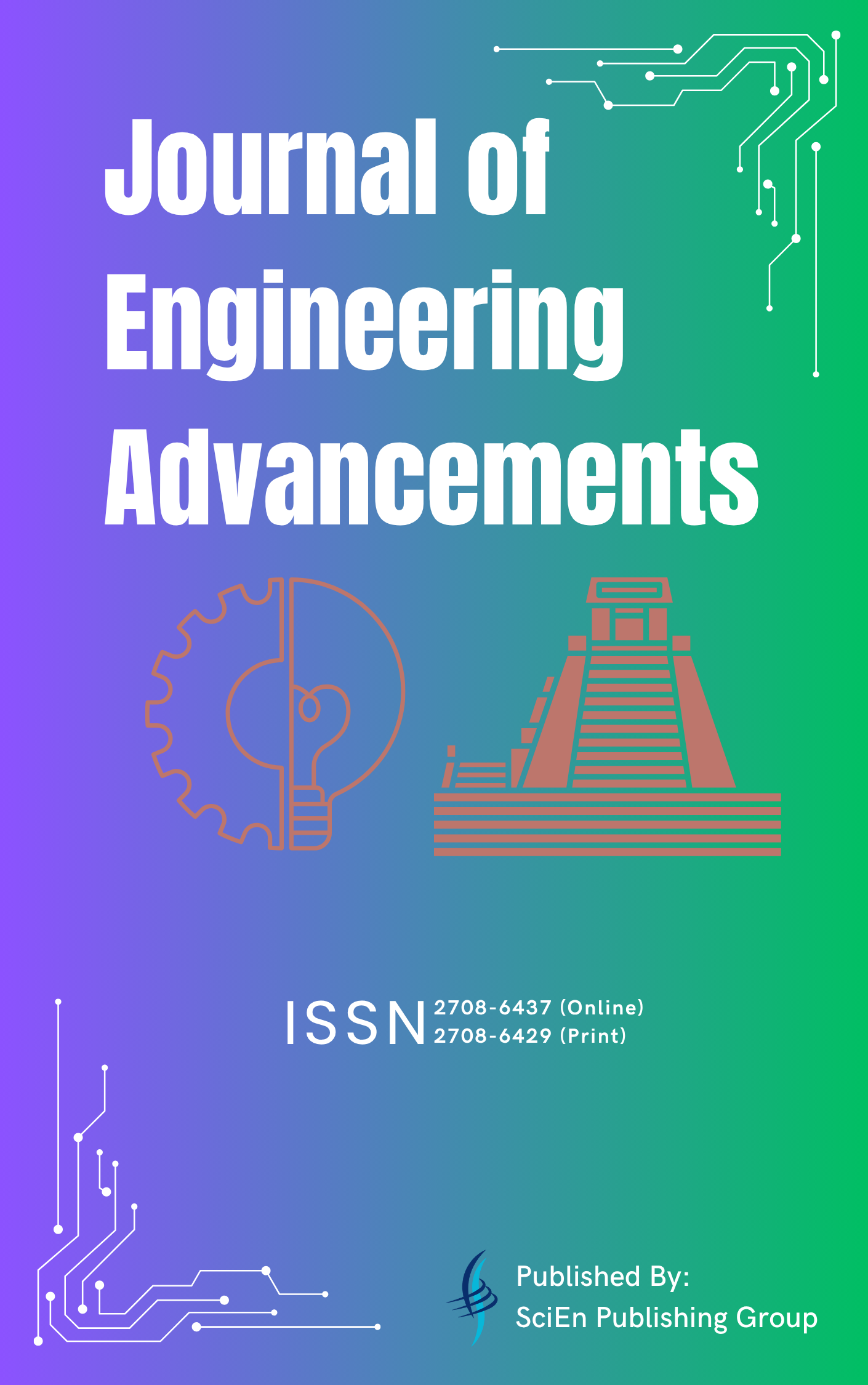Investigation the effects of mass of active materials of lead-acid battery on active mass utilization coefficient
DOI:
https://doi.org/10.38032/scse.2025.2.12Keywords:
Lead-acid battery, Constant current charge, Constant current discharge, Active material, Active mass utilization coefficient, Capacity of batteryAbstract
The lead-acid battery has been widely applied in the fields of electric vehicles, IPS, Solar Power Station etc. due to its advantages of high power, long lifespan, availability of electricity, low cost etc. In this study, 80 pieces lead- acid batteries are adopted to explore the effects of variation of mass of active materials of negative and positive plates on active material utilization co-efficient. Batteries are categorized into four samples according to the mass of active materials of the plates and in every samples has 20 pieces similar batteries of similar plates and active materials. The batteries are charged according to the constant current charging process. After that capacity of the batteries are measured using constant current discharging process. Comparing the capacity found from the research, an optimal combination of plates will be found which will give the best active mass utilization co-efficient.
Downloads
Downloads
References
[1] D. Pavlov, Lead-Acid Batteries: Science and Technology -2nd Edition, Elseiver, ISBN 978044495522, 2017.
[2] D. Berndt, Maintenance-free batteries, Research Studies Press Ltd., John Wiley & Sons, New York, USA, pp. 45, 1993.
[3] D. Pavlov; P. Nikolov, T. Rogachev, Influence of carbons on the structure of the negative active material of lead-acid batteries and on battery performance, Journal of Power Sources, vol. 196, pp-196,5155-5167, 2011. DOI: https://doi.org/10.1016/j.jpowsour.2011.02.014
[4] D. Pavlov, A. Kirchev, M. Stoycheva, B. Monahov, Influence of H2SO4 concentration on the mechanism of the processes and on the electrochemical activity of the Pb/PbO2/PbSO4 electrode, Journal of Power Sources, vol.137, pp- 288-308, 2004. DOI: https://doi.org/10.1016/j.jpowsour.2004.06.006
[5] P.Ruetschi, Silver-silver sulfate reference electrodes for lead-acid batteries, Journal of Power Sources, vol. 113, pp-363, 2003. DOI: https://doi.org/10.1016/S0378-7753(02)00549-9
[6] W. F. Gillian, A. M. Hardman, R. Kiessling, D. W. H. Lambert, Technical and research aspects of lead/acid battery production, Journal of Power Sources , vol. 28, pp-217-235, 1989. DOI: https://doi.org/10.1016/0378-7753(89)80096-5
[7] . K. Hasan, Investigation of the effect of active of solar battery on active mass utilization co-efficient, Saudi Journal of Engineering and Technology, 2022. DOI: https://doi.org/10.36348/sjet.2022.v07i08.008
[8] S. Ioannou,K. Dalamagkidis, E. K. stefanakos, K. P. Valavanis, P. H. Wiley, Runtime capacity and current relationship for lead acid and, Mediterranean Conference on Control and Automation.
Published
Conference Proceedings Volume
Section
License
Copyright (c) 2025 Md. Kamrul Hasan, Md. Golam Kibria (Author)

This work is licensed under a Creative Commons Attribution 4.0 International License.
All the articles published by this journal are licensed under a Creative Commons Attribution 4.0 International License

